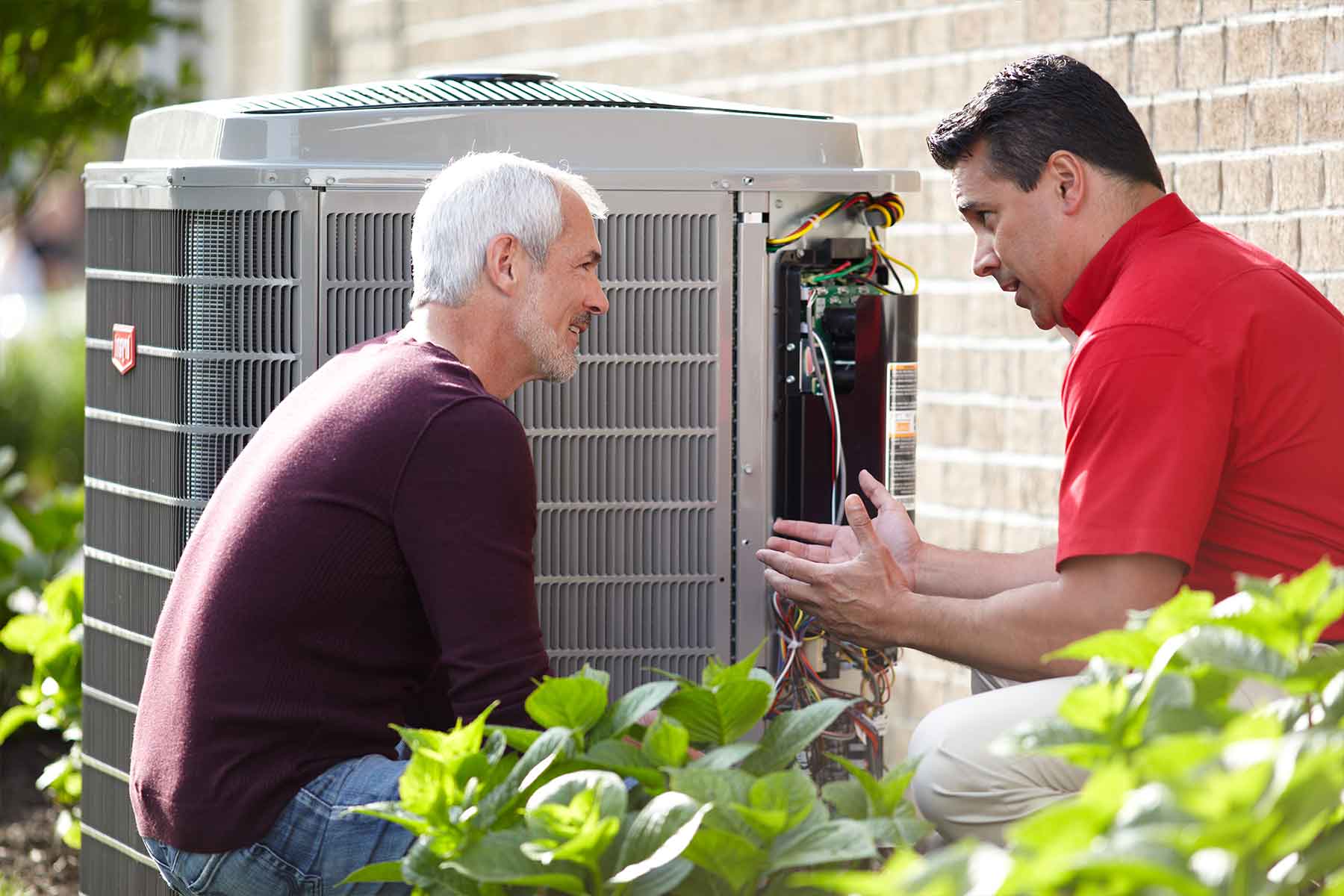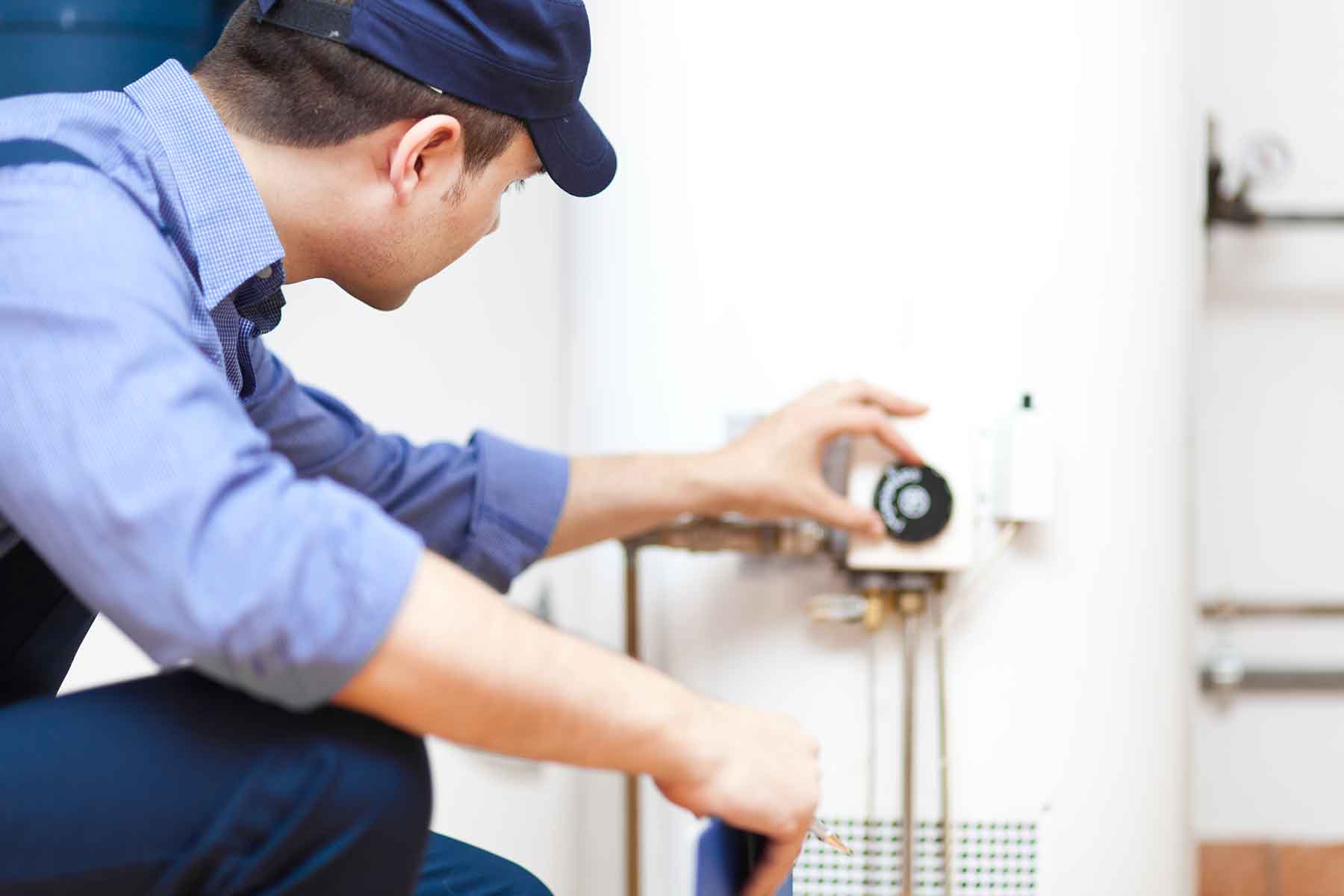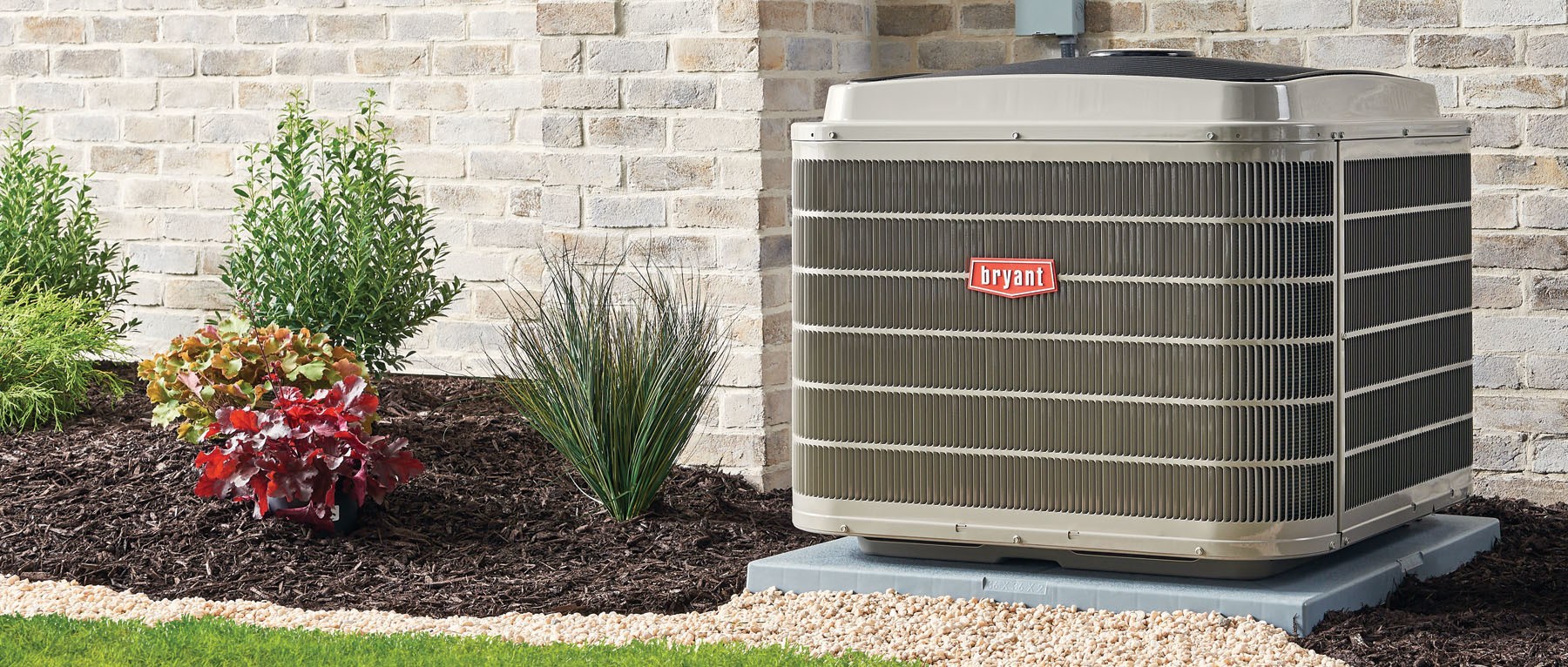
How to Fix an Overheating Furnace Before It's Too Late
Introduction
As the temperatures dip during winter, a reliable heating system is crucial for comfort. However, what happens when your furnace starts overheating? An overheating furnace can lead to significant issues, from skyrocketing energy bills to potentially dangerous situations like fires. In this comprehensive guide, “How to Fix an Overheating Furnace Before It's Too Late,” we will explore common causes of furnace overheating, preventative measures, and actionable steps you can take either on your own or with the help of local HVAC contractors.
Understanding the Basics of Your Furnace
What Is a Furnace?
A furnace is an essential component of residential HVAC systems responsible for generating heat. It typically works by combusting fuel (natural gas, propane, or oil) or using electricity to warm air that is then circulated throughout your home via ductwork.
Types of Furnaces
Furnaces come in various types, including:
- Gas Furnaces: Utilize natural gas for heating.
- Electric Furnaces: Use electric coils to produce heat.
- Oil Furnaces: Rely on oil combustion.
- Propane Furnaces: Use propane as a fuel source.
Understanding which type of furnace you have will help identify specific issues related to overheating.
Signs Your Furnace Is Overheating
Unusual Noises
If your furnace starts making loud banging or whining noises, this could indicate internal malfunctions leading to overheating.
Frequent Cycling On and Off
Are you noticing your furnace frequently turning on and off? This short cycling may be a sign of overheating.
Increased Energy Bills
An unexpected spike in your energy costs could suggest that your furnace is working harder than it should due to inefficiencies stemming from overheating.
Burning Smell
A burning smell emanating from the furnace is alarming and often indicates overheating or electrical issues.
Common Causes of an Overheating Furnace
Blocked Air Filters
Air filters trap dust and debris but can become clogged over time. A blocked filter restricts airflow and forces the furnace to work harder than necessary.
Dirty Blower Motor
The blower motor circulates air through the system. If it’s dirty or malfunctioning, it can hinder airflow and lead to overheating.
Thermostat Issues
A malfunctioning thermostat may inaccurately read temperatures, causing the furnace to run longer than needed.
Ductwork Problems
Leaky ducts can lead to inadequate airflow, forcing your furnace into overdrive mode as it struggles to maintain temperature.
How to Fix an Overheating Furnace Before It's Too Late
When faced with an overheating furnace issue, it's essential not just to address symptoms but also root causes. Here are some steps you can take:
- Ensure that your thermostat is set correctly and functioning properly.
- Replacing clogged air filters every 1-3 months helps maintain proper airflow.
- Check for any visible holes or cracks in ductwork; seal them if found.
- Dust can accumulate in the blower motor; ensure regular cleaning as part of AC maintenance services.
- If simple fixes don’t work, reach out for professional help from local HVAC contractors specializing in emergency HVAC repair.
Preventing Future Overheating Issues
Regular Maintenance Checks
Scheduling routine maintenance checks with affordable HVAC services ensures that any potential problems are addressed before they become severe.
Install a Programmable Thermostat
A programmable thermostat allows better control over heating schedules, reducing unnecessary strain on your system.
Consider Upgrading Your System
If your system is outdated or consistently has issues, consider looking into newer models that offer better efficiency and reliability.
FAQs about Overheating Furnaces
1. What should I do if my furnace overheats?
If you suspect that your furnace is overheating, turn it off immediately and check filters and ducts for blockages before calling emergency HVAC repair services.
2. How often should I change my air filter?
Change air filters every 1-3 months, depending on usage and environmental factors such as pets or dust levels in your home.
3. Can I fix an overheating furnace myself?
Some minor issues like changing filters can be done yourself; however, complex problems should be handled by professional HVAC contractors near you.
4. How do I find affordable HVAC services?
Research online for reviews and recommendations for local HVAC contractors who offer competitive pricing without compromising quality service.
5. When should I call for emergency HVAC repair?
If there’s a burning smell or if you hear unusual noises coming from the unit while it’s running, shut it down immediately and call for emergency help.


6. What are signs indicating my thermostat might be broken?
Inconsistent temperatures throughout the house despite set settings may indicate thermostat malfunction needing professional evaluation.

Conclusion
Addressing an overheating furnace promptly is critical not only for maintaining comfort but Check out here also for ensuring safety within your home. By understanding how furnaces operate and recognizing signs of trouble early on, homeowners can make informed choices about repairs and maintenance strategies moving forward. Whether through DIY approaches like changing air filters or seeking assistance from experienced local HVAC contractors via searches like “HVAC repair near me,” taking immediate action is key in preventing serious consequences down the road. Remember: investing time now means peace of mind later—so don’t wait until it’s too late!